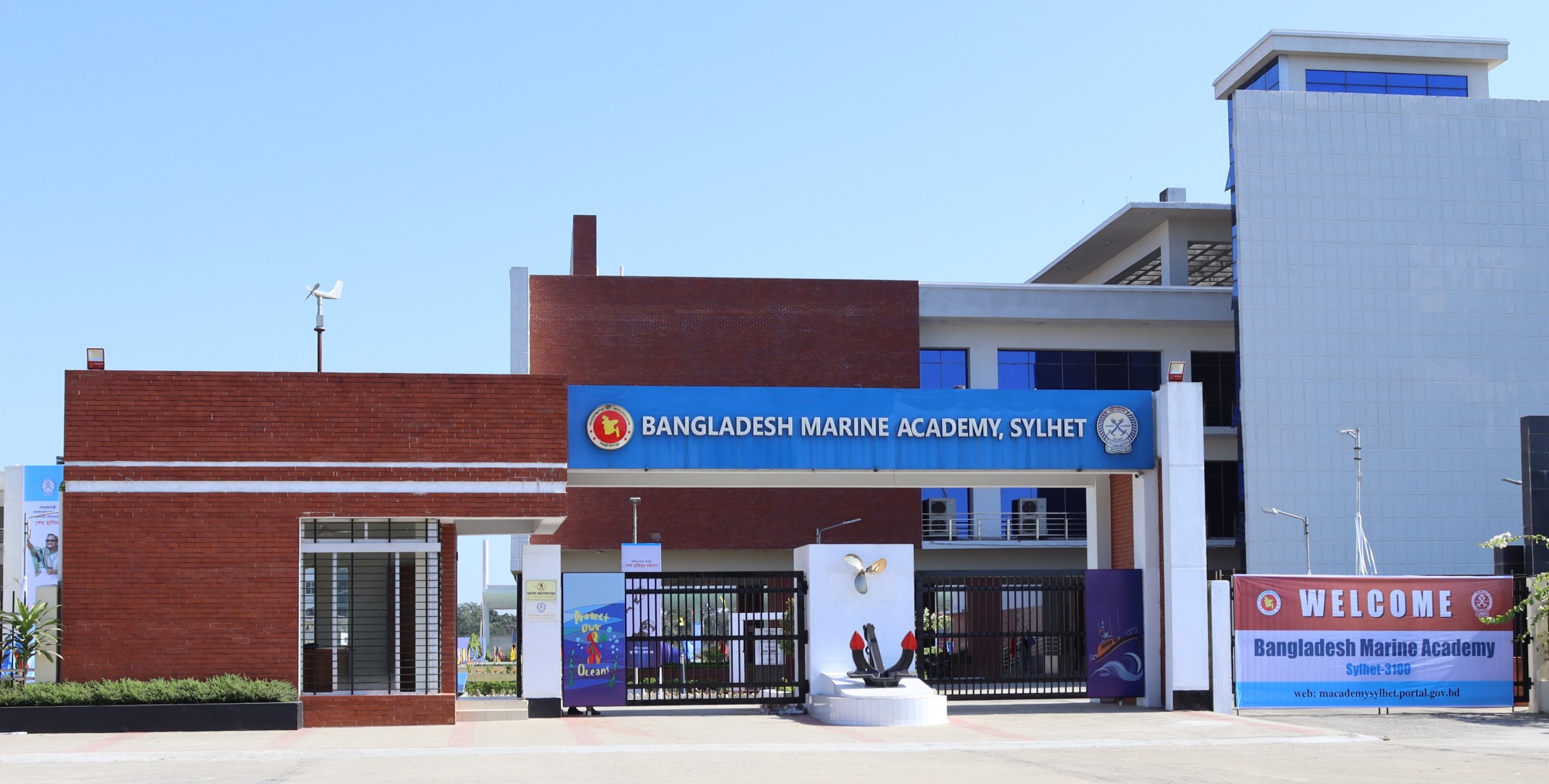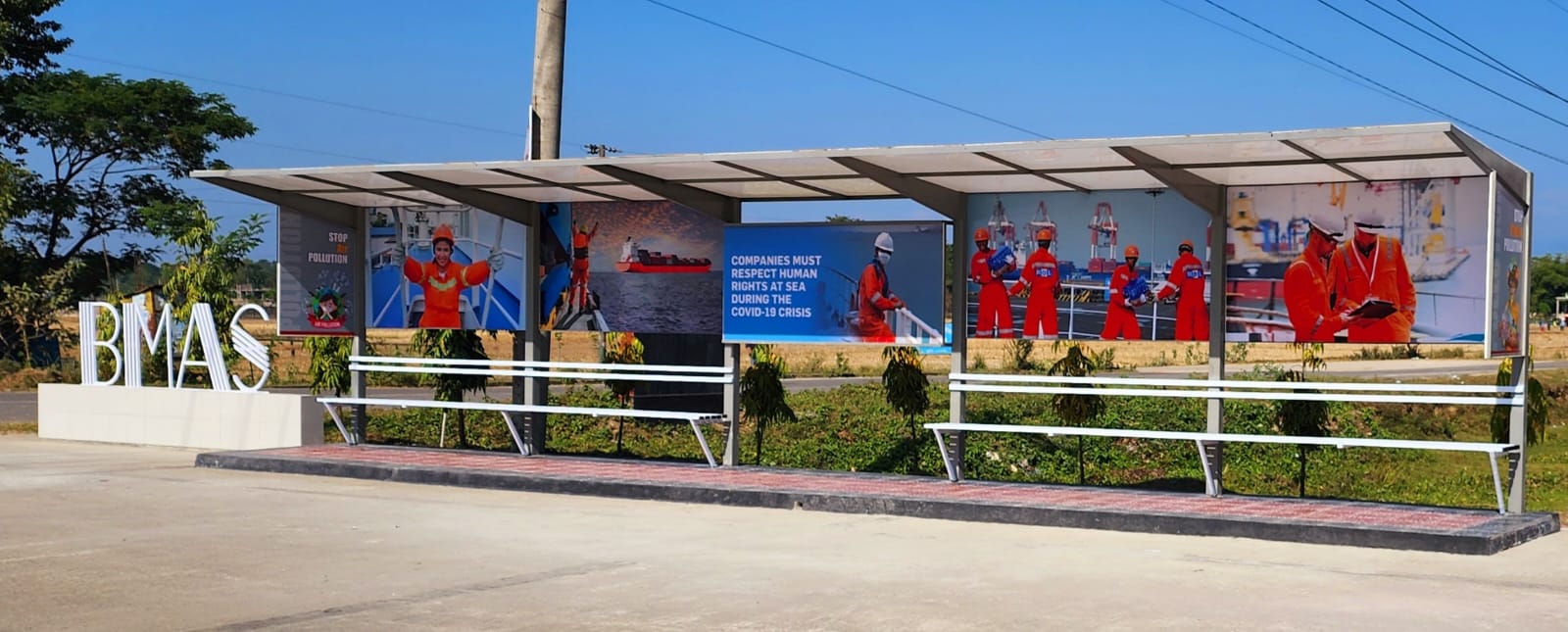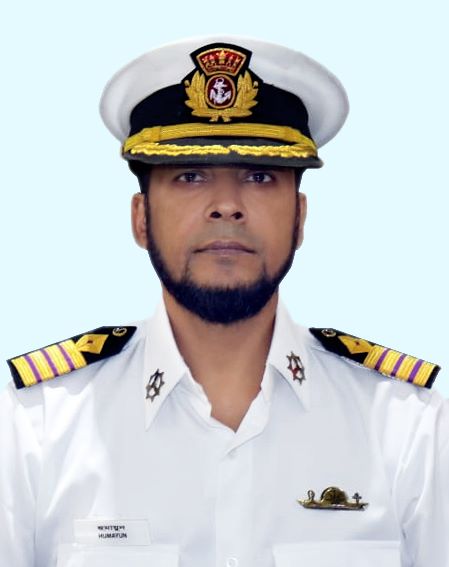Historical Background
According to maritime history, South Asian people sailed to the Pacific Islands with wooden sailing ships around 50,000 BC. Through such sea excursions, human civilization spread to various parts of the globe.
Bangladesh is a maritime nation with one of the largest river networks, the largest bay, one of the largest deltas, the longest uninterrupted sea beach, the oldest seaport, over 60,000 seafarers in the first half of the 20th century, an ancient wooden shipbuilding heritage, and a modern ocean-going shipbuilding industry. In addition, by safely recycling old ships, we are maintaining a green shipping industry. During the 13th to 18th centuries, wooden ships labeled “Made in Bangladesh” were used in Turkey, China, Portugal, and Germany. Therefore, Bangladesh possesses a rich maritime heritage.
Following World War II (1939–1946), the global landscape was rapidly changing. In 1947, Pakistan and East Bengal (now Bangladesh) gained independence from British rule. The Pakistani government at the time considered establishing several industrial training institutes, including a marine academy. In 1952, a plan was approved to build a marine academy close to the Bay of Bengal. The chosen site was Juldia Point (Valleys of Juldia-Rangadia) near the mouth of the Karnaphuli River. Interestingly, Juldia Point was selected due to its geographical features, which resembled a ship, creating a “ship-like environment” ideal for maritime training. This facility was unique in the region, with no similar establishment available between Suez and Southeast Asia, except in India.
The construction of basic infrastructure began with an initial budget of Taka 31.19 lakhs in 1952, which increased to Taka 53 lakhs in 1959 and further to Taka 58.3 lakhs in 1961. The academy commenced its first training program with 22 Nautical Cadet Officers and 22 Marine Engineering Cadet Officers. The newly established “Mercantile Marine Academy” officially started operations on September 3, 1962.
However, during the Liberation War of 1971, the academy was abandoned by the then-Pakistani government. Following Bangladesh’s independence, the academy was revived and resumed its role in producing skilled maritime professionals. Over the years, it has played a crucial role in shaping the country’s maritime sector and establishing Bangladesh as a recognized hub for seafarer training.
In response to the increasing global demand for skilled marine professionals, four additional Marine Academies were inaugurated in Pabna, Barisal, Sylhet, and Rangpur on May 6, 2021, marking a significant step toward strengthening the country’s maritime education and training capacity.















